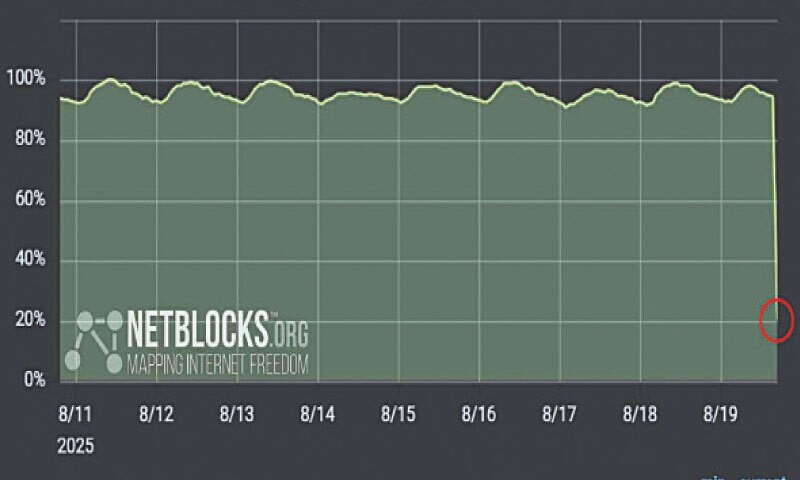A sweeping review of global research shows coffee drinkers may live longer and face lower disease risks, though experts urge caution for pregnancy and unhealthy additives.
Review: Coffee’s Impact on Health and Well-Being. Image Credit: flowtrume / Shutterstock
In a recent review published in the journal Nutrients, researchers in the United States conducted a comprehensive review comprising more than 100 peer-reviewed large-scale epidemiological studies and meta-analyses to elucidate the physiological benefits of coffee consumption.
Review findings revealed that moderate coffee consumption is associated with more benefits than harms, with epidemiological evidence consistently demonstrating that three to five cups of coffee per day is linked to a lower risk of all-cause mortality and a reduced incidence of cardiovascular disease (CVD), type 2 diabetes (T2D), and several types of cancer. The review also noted benefits across conditions such as respiratory disease, kidney disease, and reduced risk of frailty and accidents.
Background
Since its discovery and first use (ancient Ethiopia), coffee has been a fixture of human culture for centuries. Reports estimate that more than two billion cups of the beverage are consumed daily worldwide, making coffee one of the world’s most popular drinks (after water and tea).
Despite this immense popularity, coffee consumption has long been subject to assumed health concerns, with historical anxieties linking the beverage to everything from cancer to heart problems. However, decades of coffee-centric research have produced a wealth of high-quality scientific evidence that suggests a much more positive physiological impact.
Unfortunately, since most of this research is veiled behind medical jargon, consumers and policymakers are left having to sift through layers of misinformation, keeping global coffee anxiety high. As public interest in the health effects of diet grows, there is a need for a clear, accessible, and updated summary of current scientific knowledge of coffee’s health associations. The review also references a recent U.S. Food and Drug Administration (FDA) ruling that coffee containing fewer than five calories per serving can qualify for a “healthy” claim, underscoring its recognized safety profile.
About the review
The present comprehensive review aims to fulfil this knowledge requirement by consolidating more than 100 publications comprising high-quality epidemiological research and meta-analyses, to establish coffee’s health impacts. The review aims to provide a comprehensive overview for clinicians, dietitians, and consumers, drawing on decades of research up to 2025.
The review focuses on several key aspects of coffee’s efficacy: 1. Overall and cause-specific mortality, 2. Significant chronic disease associations (specifically, cardiovascular diseases [CVDs], cancers, type 2 diabetes [T2D], and neurodegenerative disorders), 3. Mechanisms of action – biological pathways explaining coffee’s observed health benefits, and 4. Areas of concern: Side effects and dosage considerations, including the effects of additives like sugar, and consumption during pregnancy.
Additionally, the review aimed to elucidate coffee’s effects on holistic well-being by examining participants’ variables like hydration, physical performance, and mental acuity following its consumption. The review also summarized findings on bowel recovery after surgery and sleep disruption, which remain areas of caution. By integrating evidence from massive, multi-decade cohort studies like the National Institutes of Health American Association of Retired Persons (NIH-AARP) Diet and Health Study and the UK Biobank, the review provides a robust, evidence-based summary of coffee’s role in health and disease.
Review findings
The reviews concluded that most current scientific evidence promotes coffee as a safe and health-improving beverage. The data on mortality and chronic disease emphasize that moderate coffee intake lowers the overall risk of death. A pivotal meta-analysis of 40 studies (~3.8 million participants) found that the lowest risk for all-cause mortality occurred at an intake of 3.5 cups per day, corresponding to a 15% risk reduction (Relative Risk [RR] 0.85; 95% CI 0.82–0.89).
When specifically investigating coffee’s association with CVDs (the world’s leading cause of mortality), a meta-analysis of 36 studies found that consuming 3-5 cups daily reduced mortality risk by 15%. T2D outcomes were observed to be even better, with a meta-analysis revealing a 29% risk reduction among regular coffee drinkers. Additionally, studies have established coffee-driven benefits across liver cancer, uterine cancer, Parkinson’s disease, and cognitive disorders. Protective associations were also noted for respiratory conditions and kidney disease.
The review elucidates that while the evidence for coffee’s physiological benefits is vast, mechanistic investigations of its impacts remain comparatively scarce. Science currently believes that the beverage’s health benefits (reduced inflammation, improved glucose metabolism, and increased fat oxidation) are driven by a combination of its bioactive compounds (e.g., caffeine) and a rich array of polyphenols.
Finally, the review confirms that while coffee is an ideal beverage for most humans, a few notable concerns remain. For pregnant women, major health organizations like the American College of Obstetricians and Gynecologists (ACOG) recommend limiting caffeine intake to less than 200 mg per day (about two cups of coffee). However, the review also noted that some meta-analyses have reported increased risk of low birthweight with higher intake, though confounding factors and recall bias complicate these findings. Additionally, while adding sugar and cream doesn’t completely negate coffee’s benefits, the evidence is mixed; some studies show sugar can nullify benefits, while others suggest benefits persist even with additives. Excessive consumption can also lead to sleep disruption and anxiety in sensitive individuals.
Conclusions
The present review collated and synthesized up-to-date evidence on coffee’s health impacts and found that when consumed in moderation (typically 3-5 cups per day), it is a safe and beneficial beverage for most adults. It highlights that the evidence linking moderate coffee intake to a longer life and a lower risk of numerous chronic diseases is consistent and compelling.
Nonetheless, the authors emphasize that most current findings are based on observational studies, and future randomized controlled trials and Mendelian randomization studies are needed to clarify causality. While further research is required to establish the mechanisms underpinning coffee’s observed benefits, the sheer volume of high-quality observational data from diverse populations makes a strong case for coffee as a key component of a healthy lifestyle.








